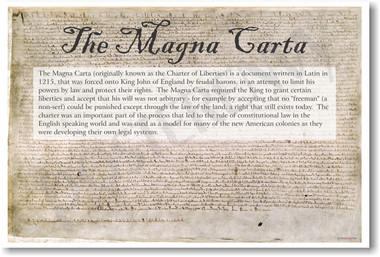1. List the democratic principles discussed in the opening.
-all men are created equal
-all men have the unalienable right to life, liberty, and the pursuit of happiness
-the government is run by the people, and given power by the people
-the people always have the right to overthrow the government, should it not protect these rights
2. List 5 grievances the colonists were making the King aware of.
-Britain restricted American trade with other nations
-British redcoats forced their way into colonist's homes during the revolutionary war for a place to stay
-King George deprived colonists of trails by a jury of their peers
-The British army terrorized American ships and burned down American towns
-King George protected British citizens who committed murder in the colonies
3. Summarize what the final paragraph is saying.
The final paragraph legally separates the 13 colonies from the British Empire, and gives them all rights due to an independent state. While one may have thought that by informing the British in the ways they had wronged them that their relationship could be salved, this statement finally ends Britain's hold on the colonies.
Declaration of Independence:

Magna Carta:

-all men are created equal
-all men have the unalienable right to life, liberty, and the pursuit of happiness
-the government is run by the people, and given power by the people
-the people always have the right to overthrow the government, should it not protect these rights
2. List 5 grievances the colonists were making the King aware of.
-Britain restricted American trade with other nations
-British redcoats forced their way into colonist's homes during the revolutionary war for a place to stay
-King George deprived colonists of trails by a jury of their peers
-The British army terrorized American ships and burned down American towns
-King George protected British citizens who committed murder in the colonies
3. Summarize what the final paragraph is saying.
The final paragraph legally separates the 13 colonies from the British Empire, and gives them all rights due to an independent state. While one may have thought that by informing the British in the ways they had wronged them that their relationship could be salved, this statement finally ends Britain's hold on the colonies.
Declaration of Independence:

Magna Carta:

Comments
Post a Comment